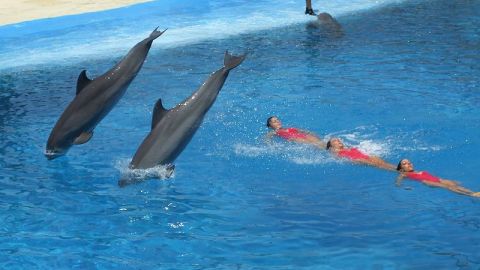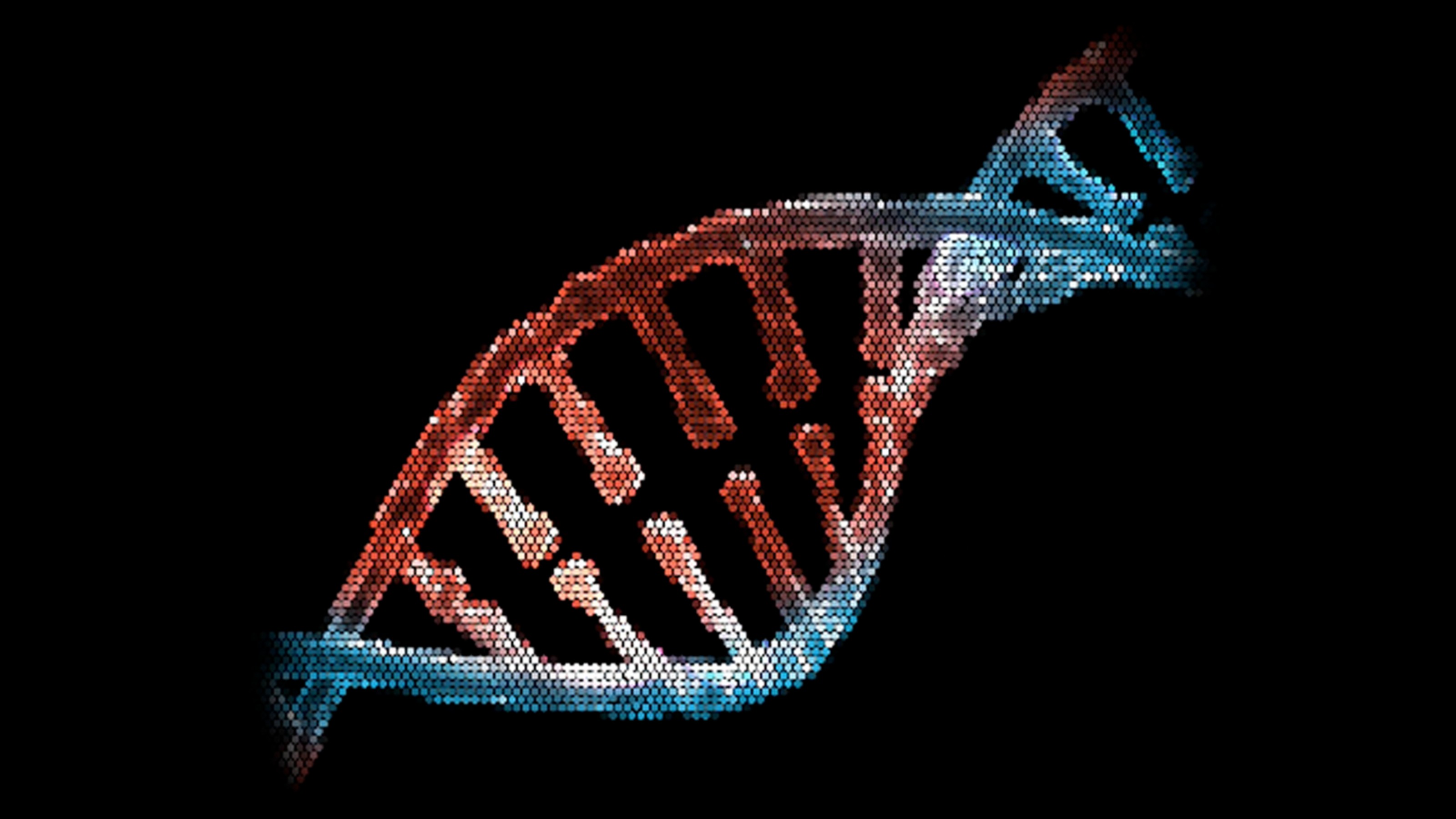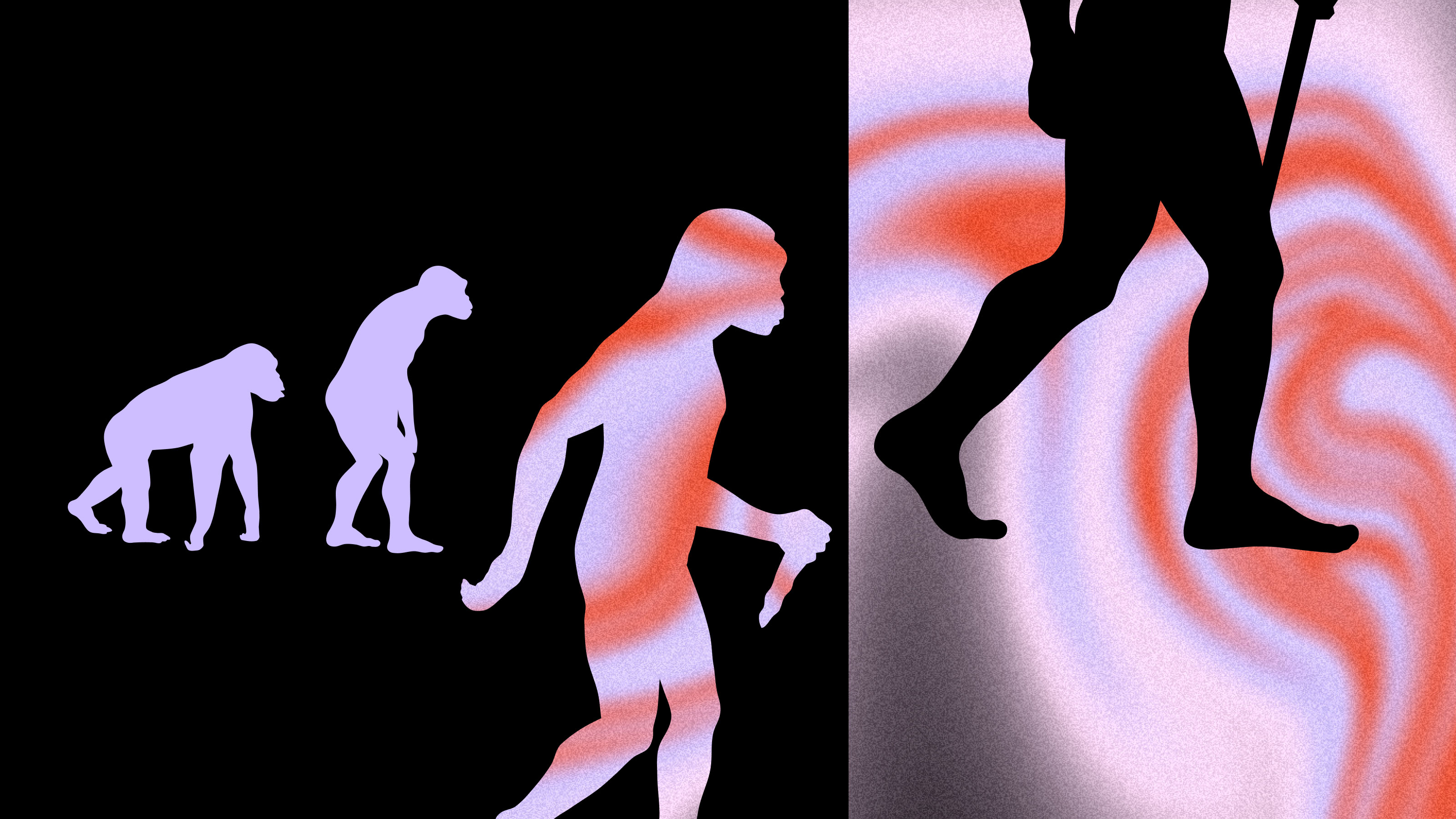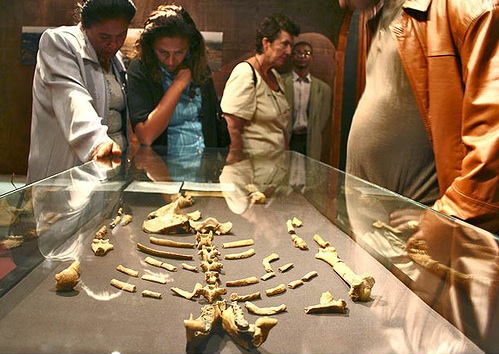Why (and How) People of a Feather Flock Together

Seeking the hidden causes of behavior, some scientists work on the scale of brain regions and neurons, searching inside people’s heads. Others work on the scale of crowds, neighborhoods and nations, seeking hidden patterns in the way multitudes behave. What’s unusual about this paper in PLoS One is that it combines both those perspectives: Mehdi Moussaïd and his co-authors have worked out the physical effects of a psychological motivation. That gave them a new way to predict how people walk on city streets.
There are other physics-style models of crowd behavior, but, as the authors point out, those have assumed that each human “particle” on the street is an isolated individual. Give each “agent” a few simple rules to follow, and a computer can generate a simulation of actual people’s movements pretty well. But we’re a social species, and such models fail to capture the fact that people don’t walk alone.
The paper’s authors set up a camera on streets in Toulouse and simply recorded pedestrian traffic on a workday and then again on a weekend—4559 people in all. If people talked, smiled, gestured or laughed together, they counted them as part of a single group. More than half the pedestrians in the workday streetscape were in such groups; on the weekend, 70 percent were.
Physical facts have an important effect on how people walk, of course. As molecules of a gas move more quickly when they’re less densely packed, so too people on the street walk faster when they’re less crowded. However, Moussaïd and Co. found that walkers in groups put physical imperatives below psychological ones: The bigger the collection of people, the slower all its members walked. Degree of crowding had no effect on this pattern.
Were there any predictable laws in the way these walking groups organized themselves? To find out (this is the part that scientists properly call “heroic” for its superhuman care and patience) the researchers looked at all the pedestrians they’d recorded in groups and measured the angle and distance of an imaginary line between each person and his/her right-hand neighbor. That gave the team a way to define and track patterns in movement over time.
When streets weren’t too crowded (or, in physics-speak, when density was low), the social groups walked in a horizontal line, shoulder to shoulder. When streets get more crowded, though, groups reform into a predictable formation: The middle person or persons hang back, and others draw closer. The result is a “V” or “U” of people.
It’s much like the “V” you can see in the sky when geese are migrating, except that the human version points away from the direction of travel. As the authors point out, a flexible structure moving against a flow would be most efficient if it did what geese do. (That is, of course, why geese do it.) But people don’t. Physical laws push them one way, but a psychological law (people in a group want to communicate with each other) pushes the other way.
Armed with this information, the team devised a new model of pedestrian behavior, adding group motivations to the usual variables that represent the effects of density, physical barriers and so on. This model, which assumes that people will do what makes it easiest to keep each other in sight and in earshot, fits real-life behavior quite well. Groups of walkers are slower than they “should” be, because they aren’t organized to walk in the quickest, most “aerodynamic” formation. So, as the groups get bigger, they get slower, regardless of how many strangers are also walking on the street.
This doesn’t mean that human V’s lack leaders. Conversational groups tend to be made up of a few big talkers and many listeners, so, Moussaïd and Co. expect that the “leaders” of pedestrian groups are usually around the point of the inverted V. Again, like birds, but in reverse, because it’s sociodynamic instead of aerodynamic.
Speaking of bird flight, this paper on pigeon flocking in last week’s Nature coincidentally touches on the same theme as the Moussaïd paper in PLoS. By tracking pairs of pigeons as they flew, Tamás Vicsek and his co-authors found that pigeons, too, have leaders: Birds in the front (especially if they were on the followers’ left) had more influence over the movements of the whole group than did others. In fact, they found a stable hierarchy of influence, with some pigeons definitely more equal than others. Both papers combine the individual and group levels of analysis to find rules in motion that looks random to the naked eye.
Further Reading:
Moussaïd, M., Perozo, N., Garnier, S., Helbing, D., & Theraulaz, G. (2010). The Walking Behaviour of Pedestrian Social Groups and Its Impact on Crowd Dynamics PLoS ONE, 5 (4) DOI: 10.1371/journal.pone.0010047
Nagy, M., Ákos, Z., Biro, D., & Vicsek, T. (2010). Hierarchical group dynamics in pigeon flocks Nature, 464 (7290), 890-893 DOI: 10.1038/nature08891





